Cost to add a make-up air system for kitchen?
Nash Stanton
3 years ago
last modified: 3 years ago
Featured Answer
Sort by:Oldest
Comments (65)
Nash Stanton
3 years agolast modified: 3 years agoRelated Discussions
Need help figuring out a make-up air system to install
Comments (4)Your builder is supposed to know. Contract the hood to a COMMERCIAL installer and they will make sure system is right. My experience with commercial kitchens has been that make up air is provided intergal to vent-a-hood. There is no reason for tempering air in the comfort system when air can be drawn in ajacent to range. Hopefully that answer's your question,here's mine. Are you acting as your own GC? If you are and haven't started yet you should reconsider because there will be far rougher roads ahead concurning the build. If you have a GC and haven't started,hire a new GC....See MoreMake-up Air system location
Comments (10)>Thanks, @BT. I wonder what my old fluid mechanics professor would say ... laminar, LOL, I TYP let DW[wife] decide... She cares more about these things. My general thought are about cold air not hitting my feet. But 9" removal duct = 64" sq in cross, 3"x36" = 108 sq in cross. That looks good. The goal of this contraption is to capture the biproducts of combustion [not required for electr] and escaping vapors & grease. 24"x36" face = 860 sq in. Probably 10x. [Well I do not know the true size of this filters] I found this website listing design conditions http://www.eng.utoledo.edu/~akumar/IV/SampleProblems/Week5.htm It appears to suggest 1.52" or even 2.5" WG... That is pretty turbulent, but our TEL is pretty short. Overall It will do what it was designed....See Morehow do you like your Electro Industries make up air system?
Comments (2)I've got an Electro Industires unit sitting on my living room floor....does that count? It is going to go in the attic and like you the Fantech would not have fit. Having a lot of trouble getting someone to put it in (small town, labor shortages etc). They are "supposed" to come next week so we will see.... I agree, not too many reviews at all! Will keep you posted....See MoreAir Tight house make up air ventilation system.
Comments (26)Hi all, Many thanks for your responses. I see that my initial plan was over-simplifying some things and over-complicating others. I have seen the fantech MUA system. Unfortunately, it seems that they don´t supply these in Europe with EU voltage/frequency, and from what I´ve read there are no full MUA system "packages" on this side of the pond for residential use. Someone please correct me if I´m wrong. I´ve spent about an hour looking online to no avail. @Tim Cleary I´ve actually used a hermetic plaster to coat the interior walls as well as sealing tape along all the joints in the ceiling (timber roof), windows and doors. On the floor we´ve used a "paint" that is sort of a liquid rubber which seals as well. I won´t test for blower test, but it would surpise me if it doesn´t pass. On top of the plaster we´ve got 8CM of XPS sealed with spray foam and are going to put 70CM profiles for drywall/soft insulation. On the roof we´ve got wood beams with tounge and groove pine on top. Then on top of that we have a majpell 25 hermetic air barrier followed by 20CM of XPS, OSB, a moisture barrier for the roof and typical Spanish ceramic roofing tiles. Attaching a few photos. Sorry if off topic just bragging a bit heh. As for the HVAC system. We have planned to do something similar to what you say. A full house heat recovery ventilation system. The goal not being temperature control, but more having clean air throughout the house. It should replenish the full quantity of the house several times daily. Pending to see if I have activation based on CO2 in the rooms, etc. Will depend on price and compatability with other systems. In any case, this MUA problem is unrelated. There´s no feasible way that the HVAC system would be able to effectively replenish so much in lost in such a quick period of time. I will speak with my arquitect and the plumber to try to come up with a good solution. The heating of the incoming air is what most concerns me. I could get a hot-air furnace that would run on the same propane as the gas range. Based on the graphic by @kaseki, I´d like to plan for a 45-50F heat differential at around 900 CFM which would put me with a furnace or heater at around 35-40k BTU. Not sure if that is excesesive or sounds about right? @kaseki I think it´s clear I will need an active system. Many thanks for your detailed responses. Also for the info about the professional hoods vs consumer hoods. I was planning on going with the hood from the brand, but after reading up a bit, will probably go for a professional hood and check about in-line fan as well for noise control. Cheers, Andrew...See MoreNash Stanton
3 years agoNash Stanton
3 years agoNash Stanton
3 years agoNash Stanton
3 years agokaseki
3 years agoNash Stanton
3 years agoopaone
3 years agoNash Stanton
3 years agoopaone
3 years agolast modified: 3 years agoNash Stanton
3 years agolast modified: 3 years agoopaone
3 years agolast modified: 3 years agoNash Stanton
3 years agolast modified: 3 years agoopaone
3 years agoopaone
3 years agoNash Stanton
3 years agolast modified: 3 years agolucky998877
3 years agolast modified: 3 years agokaseki
3 years agoNash Stanton
3 years agolast modified: 3 years agokaseki
3 years agoopaone
3 years agolast modified: 3 years agoopaone
3 years agoNash Stanton
3 years agolast modified: 3 years agokaseki
3 years agoTAG
3 years agoNash Stanton
3 years agolast modified: 3 years agoopaone
3 years agoNash Stanton
3 years agolast modified: 3 years agokaseki
3 years agoNash Stanton
2 years agolast modified: 2 years agoopaone
2 years agoNash Stanton
2 years agoNash Stanton
2 years agoopaone
2 years agokaseki
2 years agoNash Stanton
2 years agoNash Stanton
2 years agolast modified: 2 years agokaseki
2 years agoNash Stanton
2 years agoopaone
2 years agolast modified: 2 years agokaseki
2 years agoNash Stanton
2 years agoNash Stanton
2 years agolast modified: 2 years agoDan Steph
last monthlast modified: last month
Related Stories
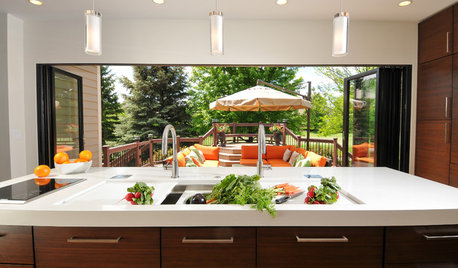
KITCHEN DESIGNKitchen of the Week: Traditional Kitchen Opens Up for a Fresh Look
A glass wall system, a multifunctional island and contemporary finishes update a family’s Illinois kitchen
Full Story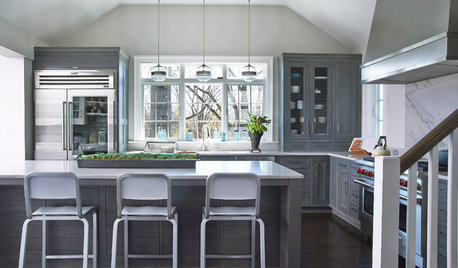
KITCHEN OF THE WEEKKitchen of the Week: Colonial Kitchen Opens Up to Scenic Views
A lack of counters and a small sink window motivate a New York couple to update their kitchen to add space for their busy family
Full Story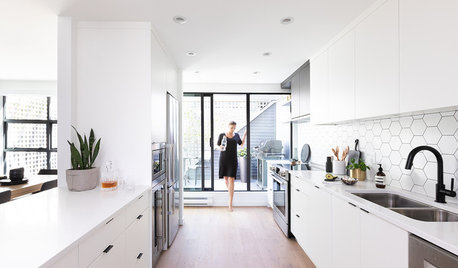
KITCHEN MAKEOVERSBefore and After: A Kitchen Opens Up and Brightens Up
Removing a wall in the kitchen and faux brick in the dining room makes way for improved style and a better layout
Full Story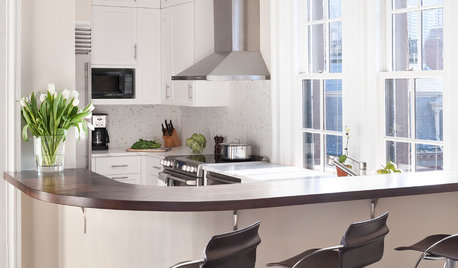
KITCHEN DESIGNKitchen of the Week: An Entryway Kitchen Opens Up
More square footage and seamless transitions help a historical pied-à-terre's kitchen blend in beautifully
Full Story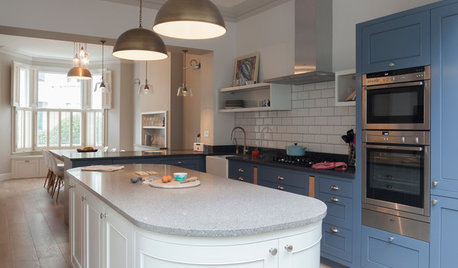
HOMES AROUND THE WORLDTraditional Kitchen Opens Up and Lightens Up
Removing a wall was key to creating a large kitchen and dining space for family life in this London house
Full Story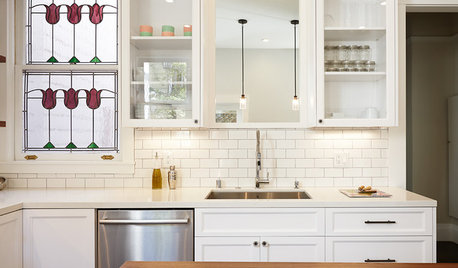
KITCHEN DESIGNKitchen of the Week: A Dark Kitchen Brightens Up
A cooking space honors the past while embracing the present
Full Story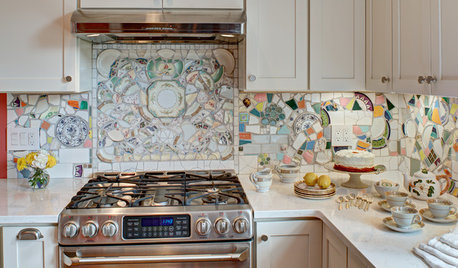
MOST POPULARKitchen of the Week: Broken China Makes a Splash in This Kitchen
When life handed this homeowner a smashed plate, her designer delivered a one-of-a-kind wall covering to fit the cheerful new room
Full Story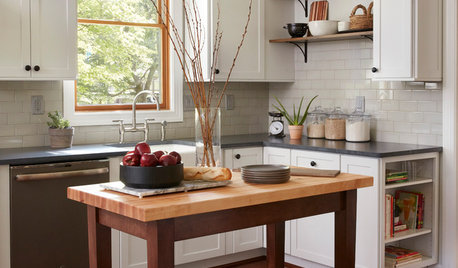
KITCHEN DESIGNKitchen of the Week: A Cottage Kitchen Opens Up
A Maryland remodel balances modern needs and architectural integrity in a kitchen designed for gatherings
Full Story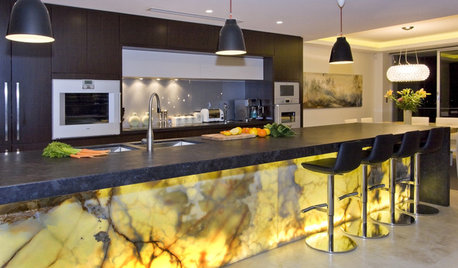
KITCHEN ISLANDSHow to Make the Most of Your Kitchen’s Back Side
Move over, backsplash. These ideas make the island’s back side the most interesting part of the kitchen
Full Story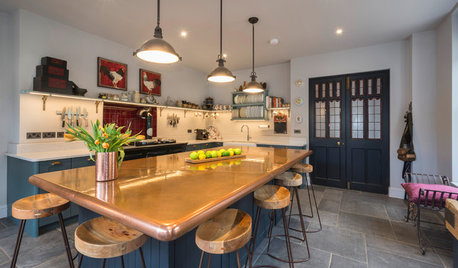
KITCHEN ISLANDSA Kitchen’s Copper Island Makes a Fabulous Focal Point
Industrial elements bring lived-in character to this new kitchen in a historical English house
Full Story


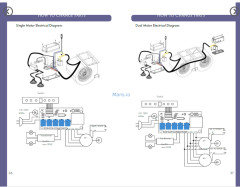
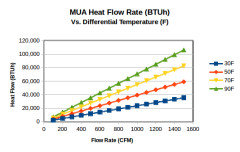

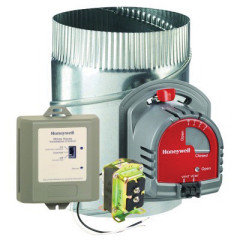
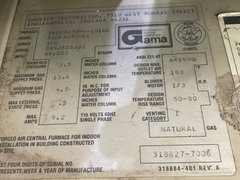
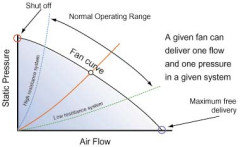


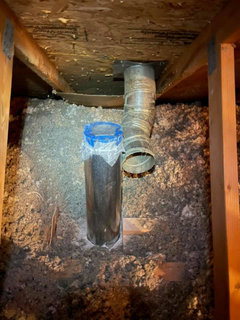
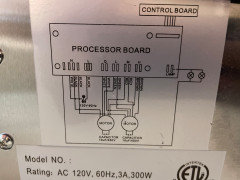


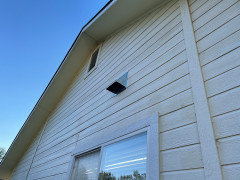


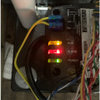
kaseki